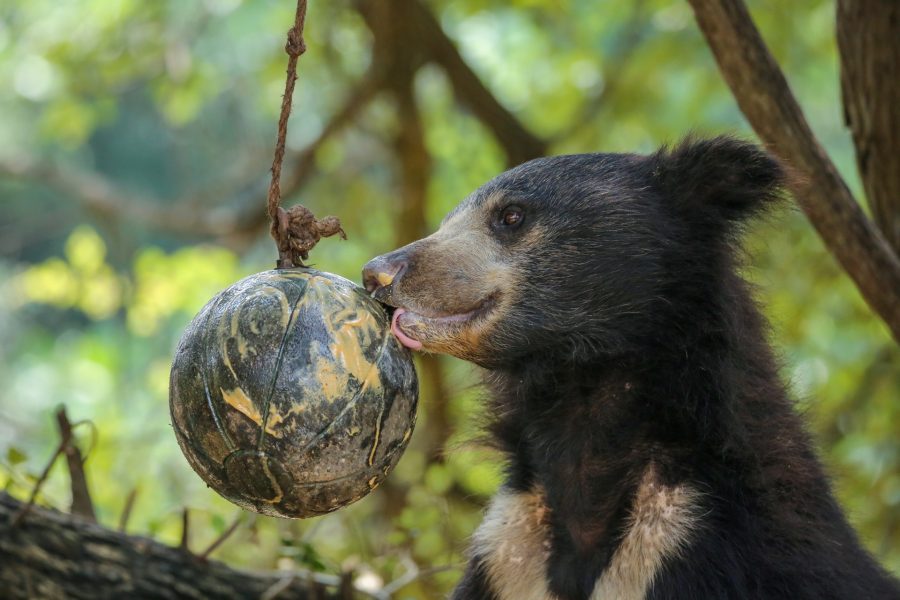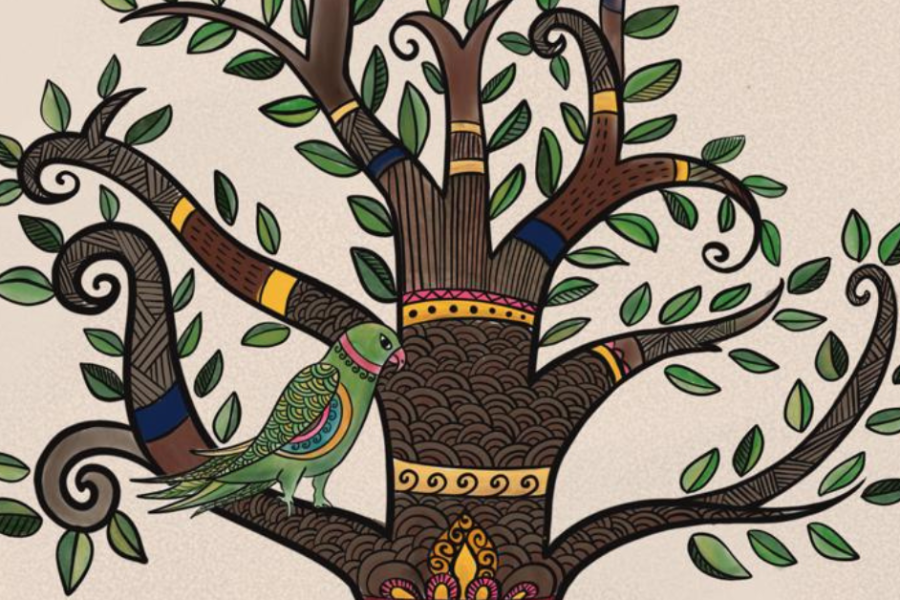Recognised as one of the world’s eight hotspots of biological diversity, the Western Ghats or the Western Mountain range in India hold immense ecological and cultural significance. These ethereal mountains run parallel to India’s western coast, around 30 to 50 kilometres inland. A part of these magnanimous mountains makes its way through the historic city of Junnar, punctuating it with slithering waterfalls, lush green woods and India’s stealthiest predators — leopards. With the aim of conserving the rich biodiversity and the large population of leopards in Junnar, the Wildlife SOS Manikdoh Leopard Rescue Centre (MLRC) stands tall in the heart of the city.
As I made my way to MLRC accompanied by Wildlife SOS staff, we explored various spots in Junnar where, for brief yet pivotal moments, the lives of leopards and humans often intersected. We crossed a daunting open well that had at one point trapped a leopard, soon to be rescued by Wildlife SOS. We whizzed past the very same sugarcane fields where abandoned leopard cubs are discovered by farmers, and subsequently reunited with their mothers. As we drove past homes, locals recognized the Wildlife SOS vehicle and came out to wave at us. Many of them had been trained by Wildlife SOS in mitigation strategies and had acted as first respondents to situations of conflict. Even before reaching MLRC, I had gained a nuanced understanding of the work being done there. The centre’s presence had impacted every aspect of the Junnar community that was living with leopards in their Ghats.
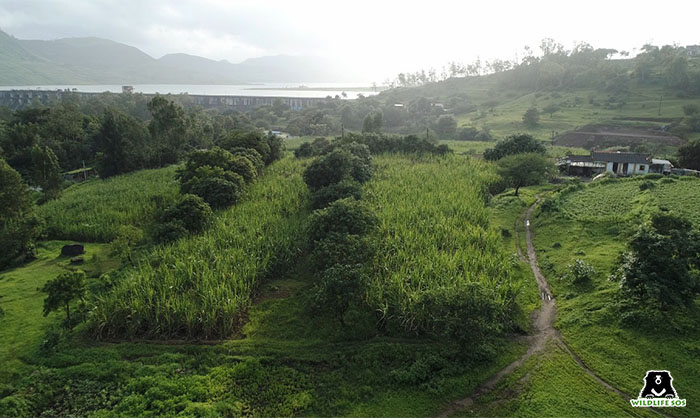
Established in 2007 in collaboration with the Maharashtra Forest Department, the Manikdoh Leopard Rescue Centre was created to negotiate the complex human-leopard conflict scenarios in the area. Junnar’s expanding sugarcane farming has forced the leopards of the Ghats to venture closer to human settlements. Today, the leopards rely on village livestock for sustenance, use sugarcane fields as shelters, and navigate habitats fragmented by perilous man-made structures like open wells. This has caused indiscriminate trapping and killing of leopards that are perceived to be a threat. The Wildlife SOS team at MLRC aids in conflict mitigation through awareness sessions, rescues leopards in distress, reunites lost leopard cubs with their mothers, and provides lifelong care to leopards that are unable to return to the wild.
When I stepped into MLRC, it was still early morning. The sun had illuminated the entire centre, bringing life into the various trees and plants that engulfed MLRC. The Wildlife SOS staff was just beginning their day at work. The first item on the agenda of leopard caregivers was to make their daily rounds and ensure that the 35 leopards placed under lifetime care at the centre were well taken care of. As I accompanied the caregivers on their rounds, I noticed how they jotted down their observations in their own “Keeper’s Diary”, recording the behaviour, progress and needs of the leopards under their care. They intently observed the leopards to ensure they are eating properly, and are not exhibiting signs of any illness. One of the caregivers informed me that a leopard’s behaviour differs according to where it was rescued from. A few leopards like Avni, Geeta and Bagheera, who had been rescued from situations of conflict, were wary of any presence close to their enclosure. Thus, any jumpy behaviour from their end was not particularly odd. Other leopards, like Simba, who had been rescued as abandoned cubs and hand-reared at MLRC, were more at ease. Thus, in case one observed Simba displaying anxious behaviour, it would be important to note that down!
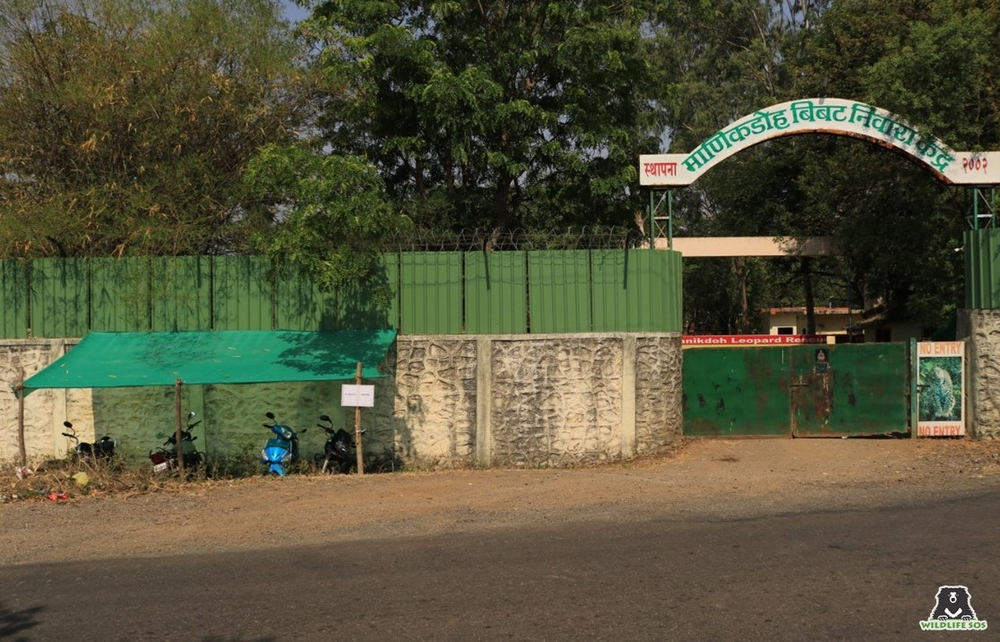
After the caregivers’ daily rounds, it was time for the manager of the centre to conduct his own evaluations. His observations during the rounds, however, differed from those of a caregiver. The manager’s main goal was to ensure the enclosures of the leopards were maintained well. Each enclosure is designed to imitate a leopard’s natural environment. They are green and dense with bushes, trees and a variety of flora. The leopards seamlessly camouflage with the greenery, only becoming visible when they chose to show themselves. To allow their free movement, a few enclosures have meticulously designed skywalks or elevated passages that connect the leopards’ enclosures to a large field. As we walked on, the manager made notes about those enclosures that needed a little extra cleaning or repair of fences.
Each enclosure also included a wide variety of enrichment activities. There were wooden logs that the leopards could scratch, and platforms on which leopards could sunbathe. As we reached the enclosures of Vitthal and Ganesh, the manager, Mr. Mahendra Dhore took a close and keen look at the enrichments to ensure they had been adjusted correctly in height. Ganesh and Vitthal suffer from physical disabilities which makes it harder for them to enjoy regular enrichments like other leopards. Thus, their enrichments have been designed to make those easier to reach. As we reached the enclosures of older leopards like Hema and Sitara, Mr.Dhore instructed the caregivers to hide food around their enclosures, rather than giving them structural enrichments like a log. This would encourage the leopards to use their natural foraging abilities while also keeping in mind physical limitations caused by age.
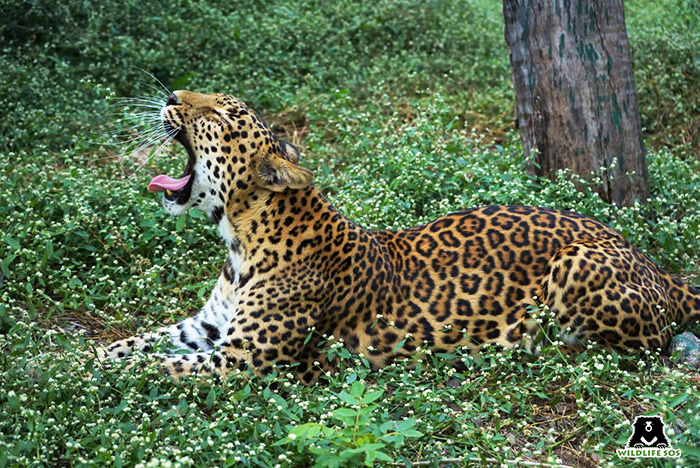
The third set of rounds is made by the veterinary team at MLRC, who ensure that the leopards are in good health. Most of the leopards under our care, as many as 70%, are over the age of 12, putting them in the category of geriatric leopards. A specialised intake is charted out for these leopards, like immune boosters, multivitamins and calcium supplements.
With every leopard checked upon, it was now time to feed the resident leopards a nutritious meal! The caregivers carefully clean each leopard’s food. For geriatric leopards, the feed is softened in hot water so it becomes easier to chew. When the meals are prepared, the caregivers lift the gates of each leopard’s feeding area. I could hear the leopards sawing in anticipation! As soon as the gates were lifted, the leopards trotted inside. Soon after, with their stomachs full, the leopards sauntered back into their fields, where many drifted into a lazy stupor! As the leopards slept, caregivers cleaned the feeding area to ensure they were prepped for the next day.
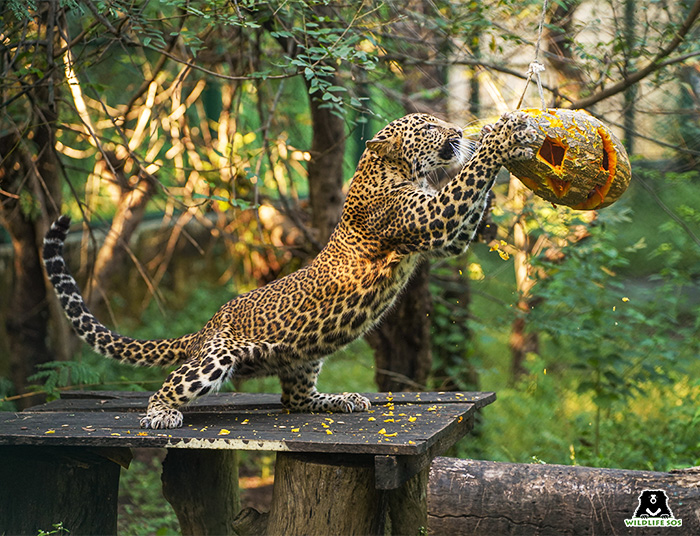
With the leopards going about their day, I got to observe the details with which the centre was designed to ensure efficiency. The Wildlife SOS team at MLRC not only cares for resident leopards but also aids the Maharashtra Forest Department with human-leopard conflict mitigation. This means the Wildlife SOS team often finds itself in situations where they have to carry out a rescue in a timely manner. For this, MLRC is equipped with all the tools the team might need as they head out for an emergency rescue operation. Rescue equipment such as safety gear, projectile guns, and ropes are neatly stored in glass-cased cabinets to allow the team to grab anything they need promptly. A Mobile Rescue Vehicle is parked right in front of the centre for any speedy exit needed. Moreover, this vehicle is well-maintained so that the team can use it to manoeuvre the rugged terrain of the Western Ghats during rescue operations.
In the case a leopard is brought in for temporary treatment, an isolated enclosure has been created where the leopard can stay comfortably, without risking the safety of resident leopards. During sugarcane harvesting season, the Wildlife SOS team aids the forest department in reuniting abandoned leopard cubs with their mothers. Thus, an area within MLRC is designated for the short-term care of these cubs where they can be microchipped by Wildlife SOS vets before the reunion, provided with any medical care needed, and even measured for data collection.
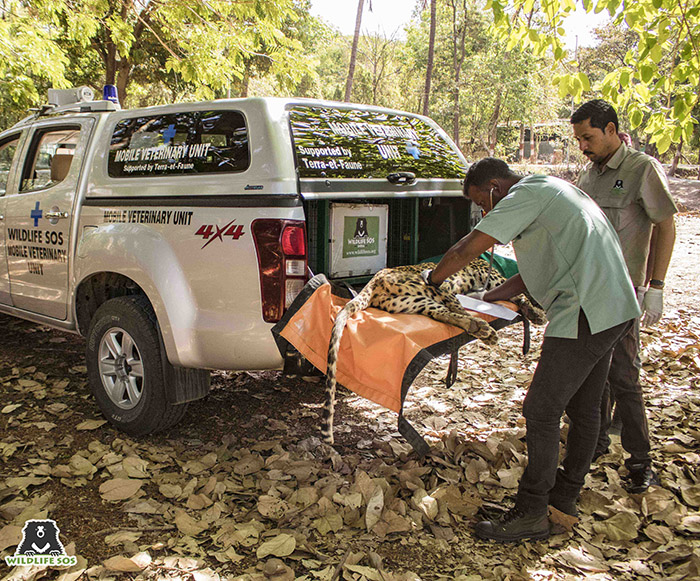
As I talked to the centre’s manager, he informed me that the Wildlife SOS team was constantly coming up with ways to make rescue operations more smooth. After rescuing over 50 leopards who had fallen into open wells, the team realised that the trap cages used to extricate leopards from the wells needed to be lighter. Weighing around 180 kilograms, these cages had to be carried by team members to the well due to the inability of a crane to access such remote locations. Moreover, the trap cages had to be lowered into the well and pulled up from it by sheer manpower, making each rescue a big challenge. Our team thus redesigned a special trap cage for well rescues that weighs 6 kilograms lighter! This has allowed the team to rescue leopards more swiftly and with lesser manpower. Upon noticing that leopards could possibly injure their tails when the trap cage is closed, the team added a two-inch opening at the bottom of the trap cage gate. This allows the leopard’s tail to be protected when he enters the trap cage.
My interaction with the staff at MLRC made me aware that caring for over 30 rescued leopards and rescuing leopards in distress were no easy tasks. However, the Wildlife SOS team at MLRC works like a well-oiled machine, ensuring that each leopard lives a life of dignity and freedom.
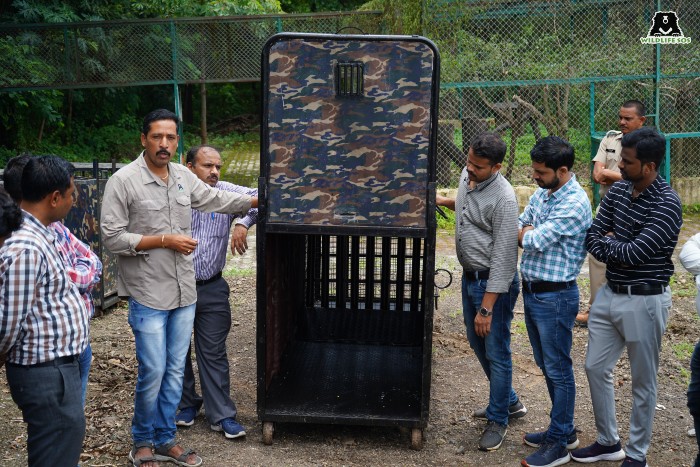
My long and enriching day at MLRC ended just when the sun set over the Western Ghats. For the leopards though, nightfall meant it was time to get active again! They had climbed up trees, and some had even begun playing with their enrichments. The centre came alive with sounds of various other wild animals that shared the ecosystem with the leopards. Fan-throated lizards, several frogs, a variety of vipers and the calls of Coppersmith barbets reminded those of us visiting MLRC that we were all playing an important role to conserve the remarkable biodiversity that exists on our planet.
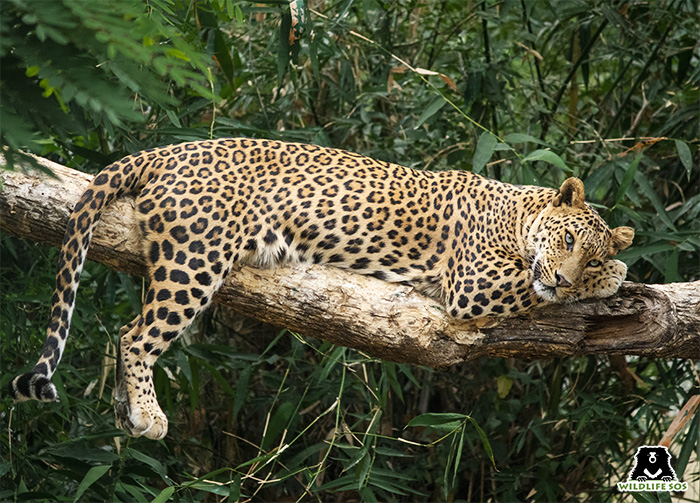
Through the dedicated work done by Wildlife SOS, Junnar is slowly inching towards an unconflicted coexistence with leopards. You can help Wildlife SOS continue this initiative by contributing towards the care of our resident leopards. Click HERE to know more.


